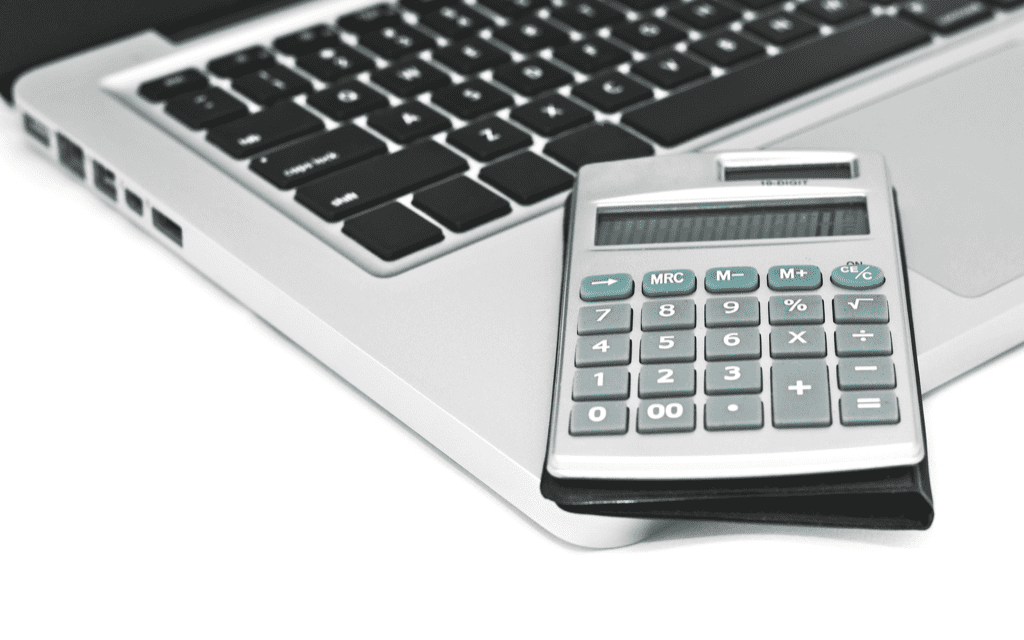Day Trading Basics

One of the best ways to get started in day trading is to understand how the basic principles work. There are some simple rules that you can use to ensure that you do not lose money, and to ensure that you can make a profit from your investments.
Table of Contents
TogglePattern Day Trading rule
The Pattern Day Trading rule (PDT) is a FINRA regulation aimed at protecting US retail traders from excessive losses. This rule was established in 2001 in the aftermath of the dot-com bubble. It applies to all securities, including shares, options, futures, and CFDs.
There are several simple rules to follow to avoid being flagged as a pattern day trader. One of them is to ensure that you have sufficient equity in your account. If you have less than $25,000 in your margin account, you may be restricted from opening new positions.
Another way to protect your account is to avoid using a margin account. Margin accounts allow you to borrow money and use it to trade. However, using a margin account is risky. You can incur losses and be unable to get out of a position. Another way to limit your risks is to limit the number of trades you make. A good way to do this is to close positions overnight. Even if you have a cash account, you should not trade during the day.
If you are designated as a pattern day trader, you are obligated to answer any margin call within five business days. Failure to do so will result in your account being locked for 90 days.
While you should not let this get you down, it is important to be aware of the consequences of being labeled a pattern day trader. Your broker may also issue you a warning.
Leverage your investment
Leverage is a technique that a person or business uses to increase the return on their investments. It involves borrowing money from a broker in order to purchase an asset or position. Using leverage can increase the returns on a trade, but it can also magnify the potential for losses.
If you're thinking about using leverage in your day trading, make sure you understand what it is and how it works. While it's tempting to use leverage, it's a risky way to do business.
The amount of leverage you choose depends on your investment goals, your risk tolerance, and the type of assets you want to invest in. One of the most common sources of leverage is through a margin account. A margin account allows you to borrow up to 50% of the amount you need to open a position. This allows you to take advantage of diversification opportunities and reduces your upfront investments.
However, you will incur interest when you borrow money. Other common sources of leverage include futures contracts and call options. Futures contracts can be particularly high leverage, but they can expose you to significant downside risk.
You can also borrow funds from a brokerage firm or other source of borrowed capital. For example, you might be able to buy 50 shares of stock with a $5,000 investment. With this leverage, you'll be able to increase your total return on the investment by a significant amount.
Tax implications
Day trading is a risky business and it's best to be cautious with your money. Whether you choose to trade online or off, make sure you understand the tax implications before starting your business.
If you are a day trader, you must keep track of your gains and losses throughout the year. For example, if you purchased shares of a company that have a tight bid/ask spread, you will have to account for your profit.
Buying and selling stocks, bonds, or mutual funds on a daily basis is a common activity for traders. In addition to making a profit, a trader can qualify for an income account. This may apply if you have a substantial amount of time spent on the business.
Investors purchase securities to generate capital appreciation or to take advantage of an investment opportunity. The IRS will take into account your intention when buying and selling securities.
A trader who is generating short-term capital gains will pay taxes on these profits, just like an employee. In addition, a trader may qualify for a Trader Tax Status Designation, which allows you to deduct expenses that are associated with your business. However, you will have to obtain approval from the Internal Revenue Service.
There are many accounting programs and software options available to traders. A good option is Gainskeeper. Another option is Tradelog. While the logging process can be cumbersome, it is important to keep accurate records of your trades.
Olga Steiner
https://financeworld.io/!!!Trading Signals And Hedge Fund Asset Management Expert!!! --- Olga is an expert in the financial market, the stock market, and she also advises businessmen on all financial issues.